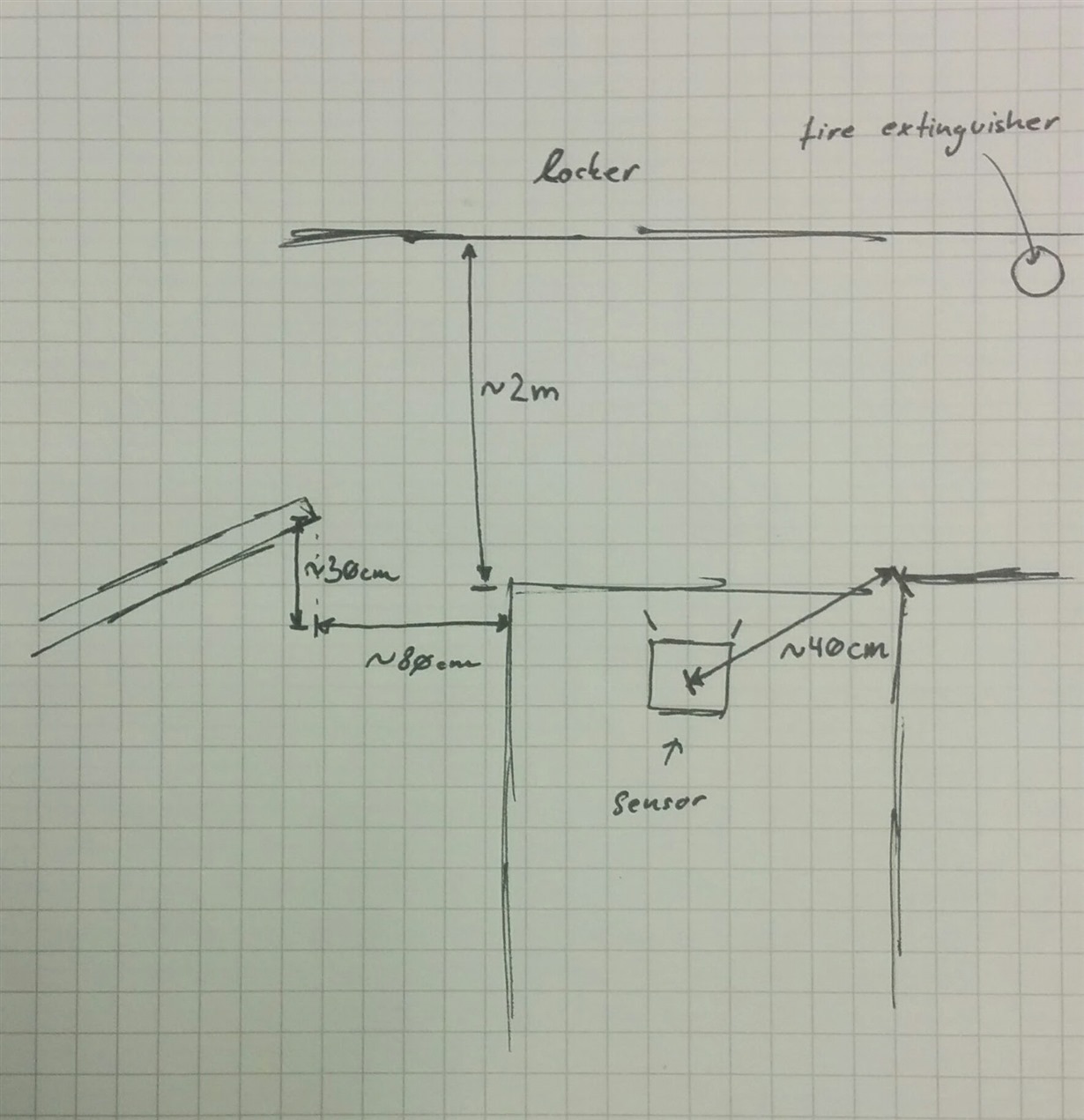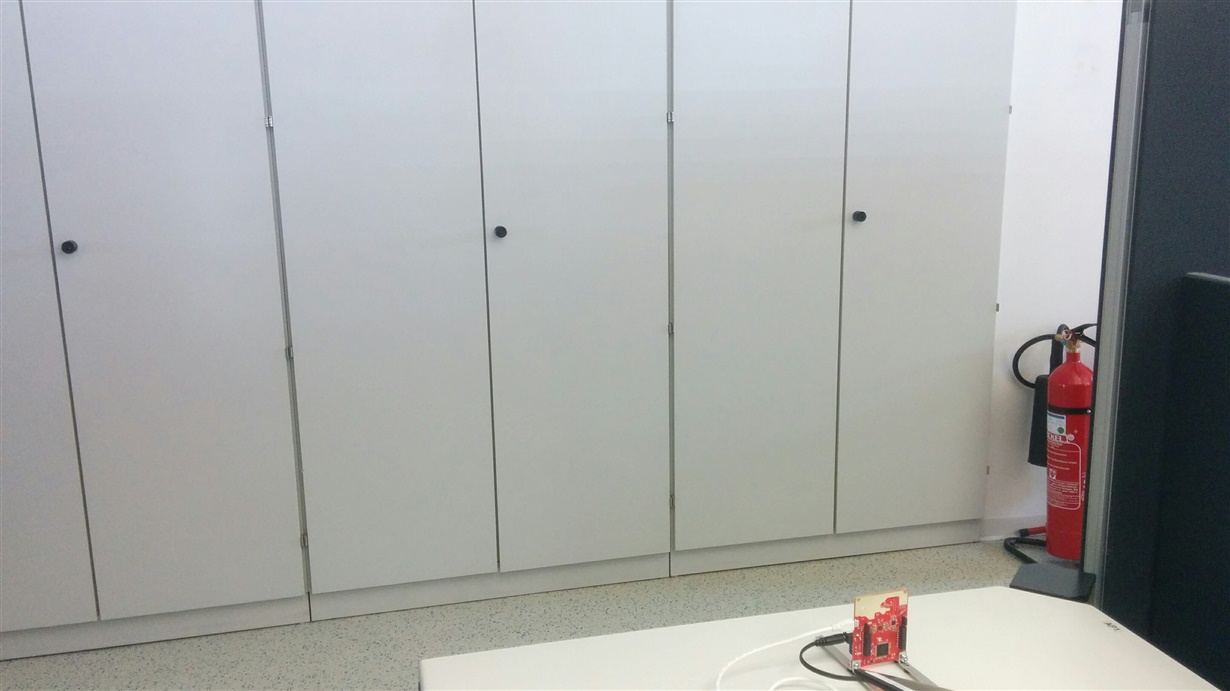Hello everyone,
I coded sort of a Python client API for the mmWave demo program (version 1.0.0.5) running on my IWR1443BOOST which takes the incoming data -- object list, range and noise floor profile -- and processes it as in the DemoVisualizer's source code (mmWave.js). Also it's capable to display the data (see below).
Running my software, I notices that there are strange interferences in the noise floor profile (see below; red line in bottom axes). Those occur in irregular periods, seem to be kind of random (haven't figured out how to trigger them, yet) and are not produced by a bug in my software I think, since the very same code is used for the range profile (see below; blue line the the bottom axes), which does not show this behavior.
Any thoughts on why this happens and what's the problem?



